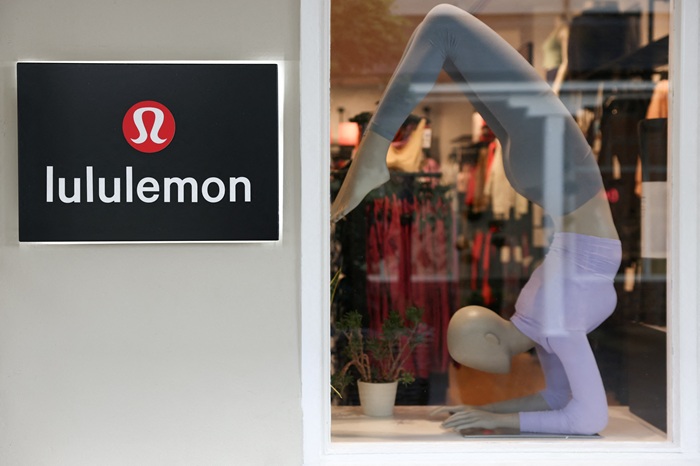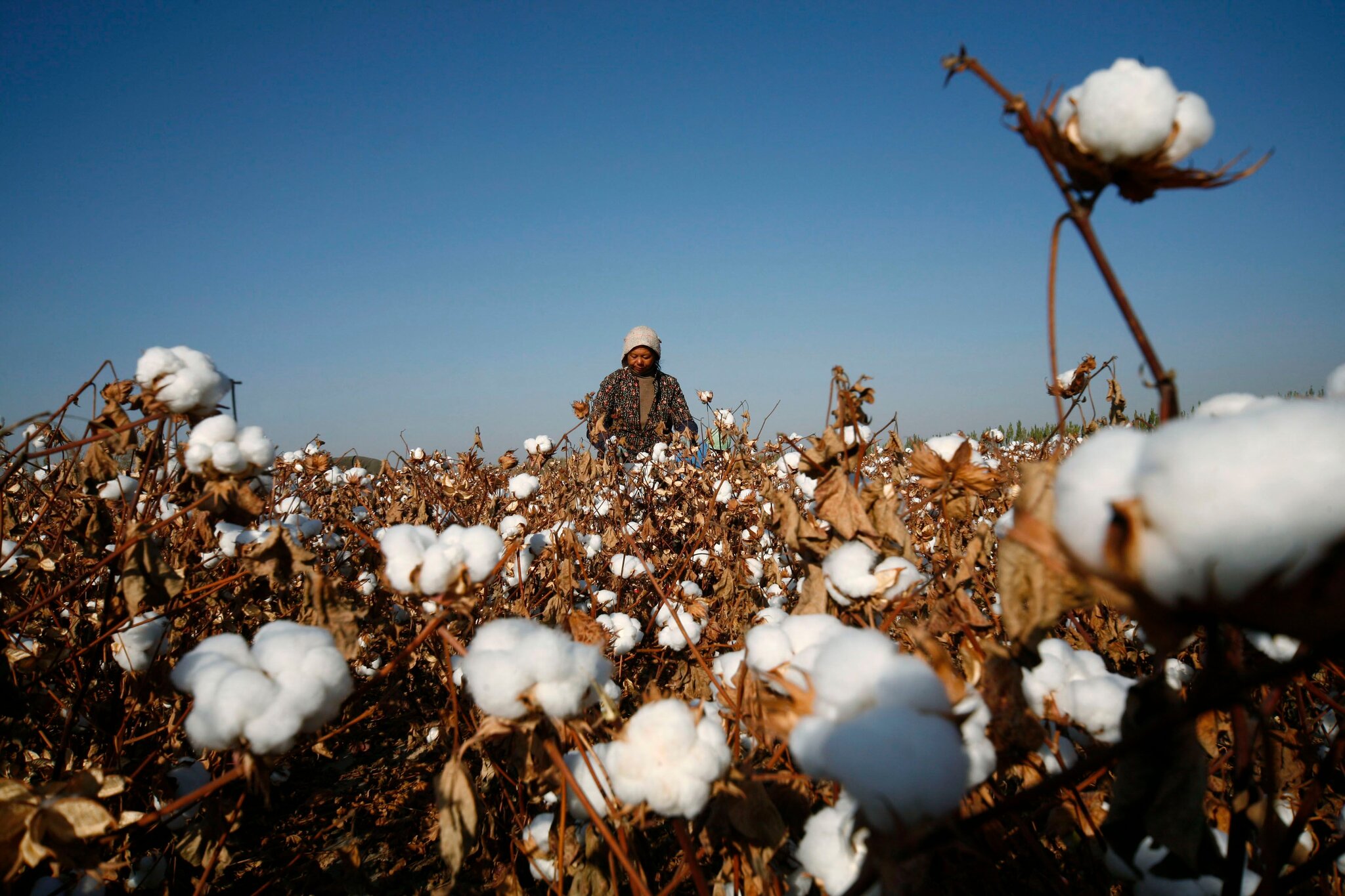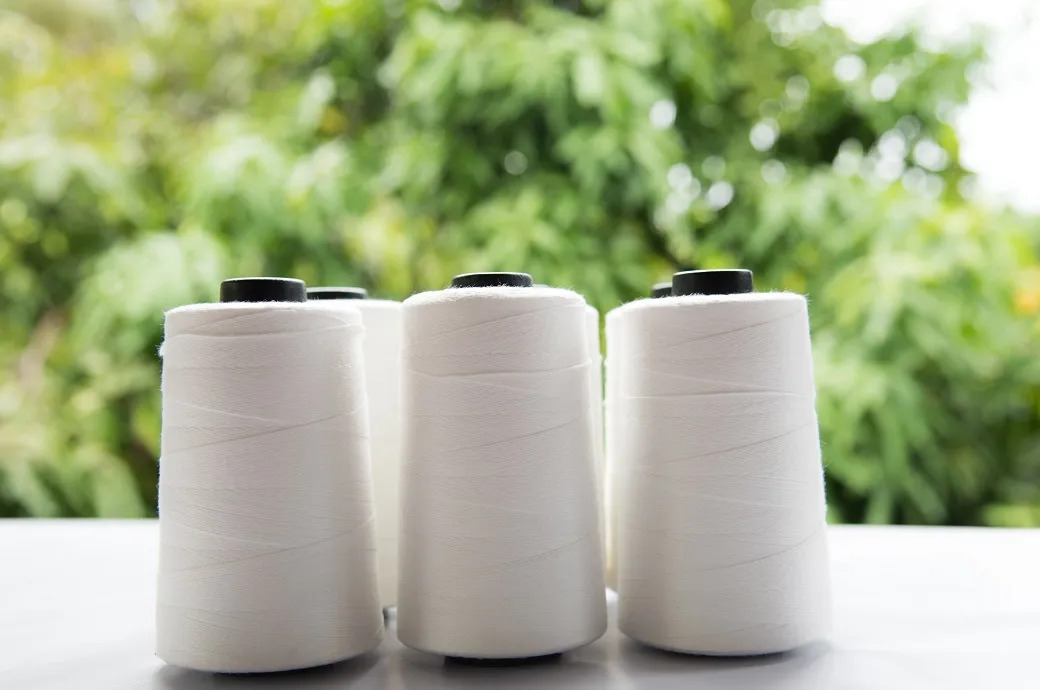"Recent editions of Yarn Expo have been highlighting the growing importance of transparency in the textile chain. The Spring 2019 edition of the expo highlighted shifting sourcing trends, brands’ entry into new markets and initiatives needed to achieve sustainability in the textile industry. The next edition of the fair, Yarn Expo Autumn 2019, will be held from September 25 to 27, 2019 at the National Exhibition and Convention Centre (Shanghai)."
 Recent editions of Yarn Expo have been highlighting the growing importance of transparency in the textile chain. The Spring 2019 edition of the expo highlighted shifting sourcing trends, brands’ entry into new markets and initiatives needed to achieve sustainability in the textile industry. The next edition of the fair, Yarn Expo Autumn 2019, will be held from September 25 to 27, 2019 at the National Exhibition and Convention Centre (Shanghai). It will be held concurrently with the 25th Autumn Edition of Intertextile Shanghai Apparel Fabrics, as well as CHIC and PH Value.
Recent editions of Yarn Expo have been highlighting the growing importance of transparency in the textile chain. The Spring 2019 edition of the expo highlighted shifting sourcing trends, brands’ entry into new markets and initiatives needed to achieve sustainability in the textile industry. The next edition of the fair, Yarn Expo Autumn 2019, will be held from September 25 to 27, 2019 at the National Exhibition and Convention Centre (Shanghai). It will be held concurrently with the 25th Autumn Edition of Intertextile Shanghai Apparel Fabrics, as well as CHIC and PH Value.
Brands demand transparent supply chains
Organised by Messe Frankfurt (HK) and the Sub-Council of Textile Industry, CCPIT,the Spring edition of the Yarn Expo had a common theme across each case study that included the rise in consumer demand for sustainability and transparency, and its consequent effects across the industry. And as Manohar Samuel, Senior President of Marketing & Business Development at Grasim Industries points out brands are realising the importance of fiber in creating an environment-friendly products. CCI agreed to this viewpoint by observing that trade buyers from further along the supply chain are sourcing directly from yarn & fibre suppliers. They are demanding traceability. The main advantage of using traceable cotton is that it’s easier for brands and retailers to do their due diligence, by starting right from the origin.
Yarn Expo had a common theme across each case study that included the rise in consumer demand for sustainability and transparency, and its consequent effects across the industry. And as Manohar Samuel, Senior President of Marketing & Business Development at Grasim Industries points out brands are realising the importance of fiber in creating an environment-friendly products. CCI agreed to this viewpoint by observing that trade buyers from further along the supply chain are sourcing directly from yarn & fibre suppliers. They are demanding traceability. The main advantage of using traceable cotton is that it’s easier for brands and retailers to do their due diligence, by starting right from the origin.
Trade buyers focus on improve traceability
Exhibiting at Yarn Expo has enabled companies to attract a wider variety of trade buyers who seek to improve their traceability. One such company, Safilin was able to direct customers to the exact fields that grow flax for their linen. As a result, the company got enquiries directly from brands who want to improve their carbon footprint.
Exhibitors say, sourcing directly from yarn and fibre companies can provide brands an access to innovative yarns and fibers, ultimately offering product differentiation. It can also reduce the risk of costly production problems such as breakage, while creating a product that commands higher premiums at retail.
The success of Autumn edition of the show was reflected in its 9 per cent increase in visitor numbers. The fair also organised its first ever Media Tour that invited textile industry media to highlight the expo’s growth besides emphasing on the growing role of suppliers’ in the industry’s continuously adapting sourcing trends.












